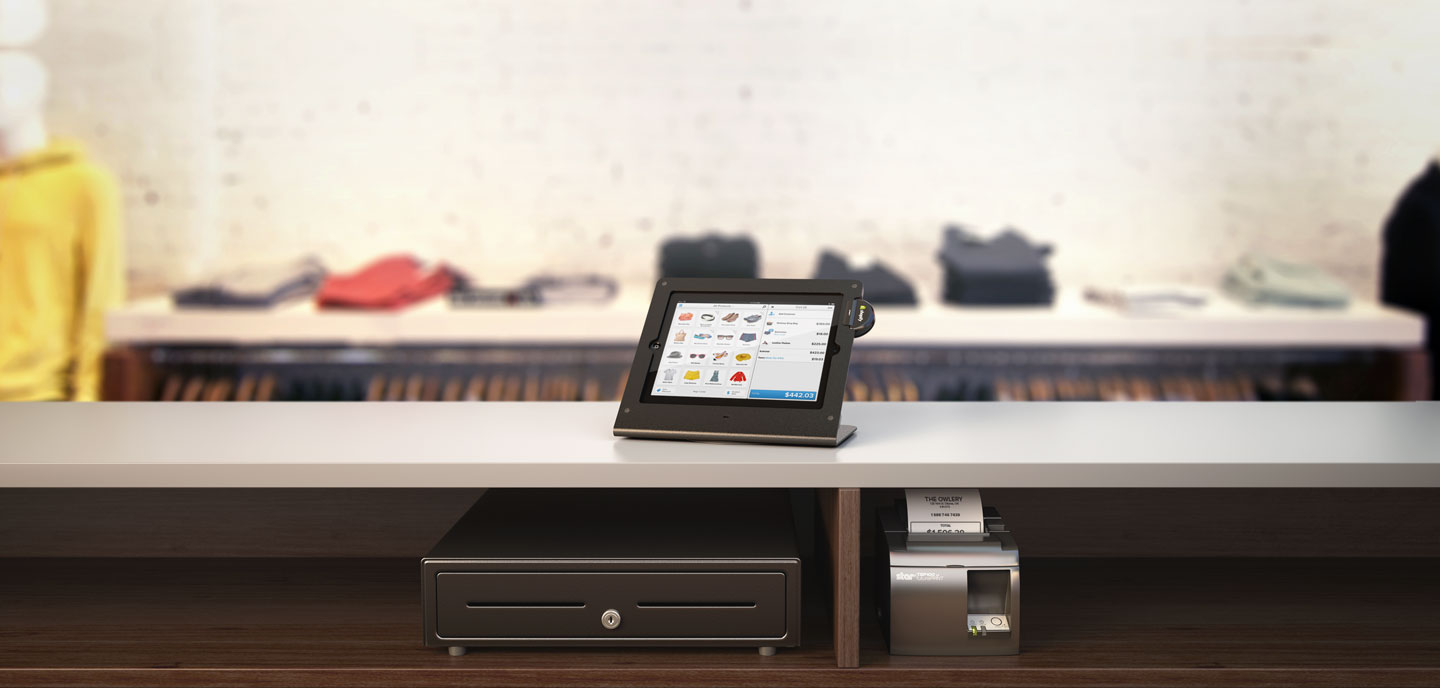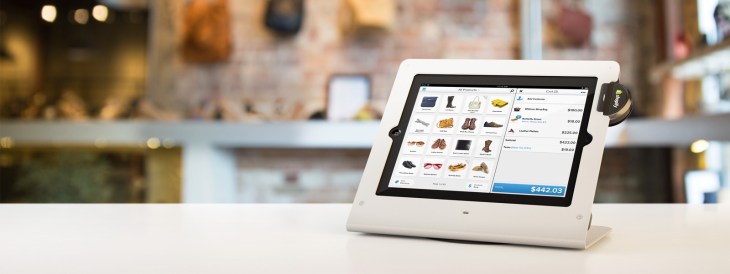Ottawa-based Shopify has already raised a considerable amount of money, especially for a Canadian company, and its Series C round continues that theme: The e-commerce company has raised $100 million from existing investors, as well as new ones, including OMERS Ventures and Insight Venture Partners; the goal is to help Shopify drop the ‘e’ and embrace all kinds of commerce, for all kinds of merchants, in all kinds of settings.
This $100 million round adds to the $22 million Series A and B rounds raised by the company in 2010 and 2011, both of which came considerably late compared to the startup’s original founding back in 2006. Shopify has had a revenue model since day one, however, and anticipates exceeding $1.5 billion in products sold via its platform this year. That’s more than double its $750 million in revenue last year, which makes sense because it has jumped from around 40,000 shops operating on its platform last year to over 80,000 at present. The new round also values the company at $1 billion, which is unheard of for a recent Canadian startup and an elite club regardless of where you’re based.
“In terms of why we’re raising, we’ve talked about what we see as the future of retail,” explained Harley Finkelstein, Shopify’s chief product officer. “There’s kind of this concept that the future of retail is online vs. offline, or just online. We don’t actually believe that; what we believe is that the future of retail is all about consumer choice.”
Consumers want to be able to buy in-store after shopping online, go see products at retail locations and buy online afterwards, or do some other combination of the two. They want their retailers to be able to provide them with that kind of experience, according to Finkelstein. So to help their clients accomplish that, the next goal of Shopify is to “transition from an e-commerce company to a commerce company,” he says. Moving from online to more involvement in in-store sales efforts isn’t going to be cheap, even if you take a relatively hardware-light approach.

Shopify’s goal is to serve a merchant’s needs wherever they need to sell – online, from a storefront, at a festival or show, or just when they happen upon a chance customer. To serve those ends, the company has already created a point-of-sale system and Square-style mobile card reader, both of which were released earlier this year. Finkelstein suggested we’ve only seen the beginning of the product rollout to support its new mission, and said to watch out for further developments coming out of this funding to be revealed next year.
I asked Finkelstein about how Shopify feels about launching initiatives that put it head to head with strong players in the space, including Square. The answer lies in Shopify’s roots, which are firmly planted in online shopping. Square’s DNA is in offline, so Finkelstein says there’s an opportunity for a company to step up and recognize that there’s little to no line left between those two things for a lot of small- to medium-sized merchants.
“There are these players, for example Square which is firmly focused on the offline market, and you have guys like Etsy who are focused on the online market, and you have others that are just focused on mobile,” he explained. “But you have no one out there who’s really putting this all together. Our view is that Shopify is sort of that hub right in the middle, and one spoke might be your online store, one spoke may be your offline store, and one spoke may be your mobile device, and one spoke may be cross-selling on Amazon marketplace, but it all ties into Shopify.”
To that end, Shopify has been experimenting with real world retail to glean lessons about how best to operate at that nexus. PopifyTO, an event held recently with a pop-up shop in Toronto’s Kensington Market district, is a perfect example. “We know the online world pretty well, but we want to learn as much as we can about the offline world, so this year you saw a couple things from us around that,” Finkelstein said, referring to Popify as well as the launch of Shopify mobile.
Shopify’s run rate and growth are putting it on track to be one of Canada’s top tech companies, especially in light of a waning BlackBerry. It’s currently at 320 employees, up from 120 last year, and anticipates growing to over 500 next year spread across its Toronto and Ottawa offices. This huge raise is just the most recent evidence that it is quite possible the Canadian tech company to watch.
